The Best Natural Phosphorus for Plants: How to Get the Most Out of Your Soil
Did you know that phosphorus is one of the most important nutrients for plants? If you want your plants to thrive, it’s important to give them the best possible soil. One of the most important nutrients for plants is phosphorus.
Unfortunately, phosphorus is often depleted from the soil due to natural erosion and human activities. This can be a major problem for farmers and gardeners.
Luckily, there are many natural sources of phosphorus that you can use to enrich your soil. In this blog post, we will discuss how to get the most out of your soil by using natural phosphorus sources!
Phosphorus is one of the three primary nutrients needed for plant growth.
It is an essential element, meaning that plants cannot survive without it. Plants use phosphorus to make energy through photosynthesis and respiration; it’s also used in cell division, DNA production, and protein synthesis.
The best way to get phosphorus into your soil is through the use of organic matter such as manure, compost, or leaf litter. This can be added directly to the topsoil where it will slowly break down over time and release its nutrients into the soil.
This method works best because phosphorus moves very slowly in water so adding it directly onto heavy clay soils may not be absorbed correctly.
There are many organics around your household that you can use to boost up the phosphorus in your garden naturally.
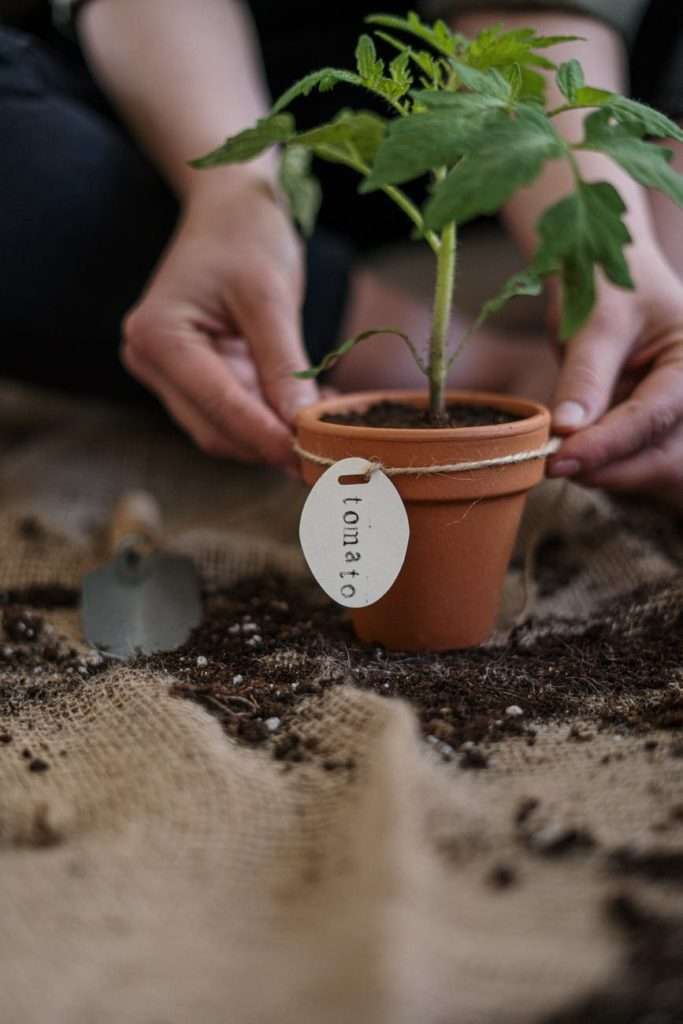
Table of Contents
Natural Homemade Fertilizer To Increase Phosphorus
Fish emulsion and hydrolyzed liquid fish are both great natural sources of phosphorus for your garden.
To make a fertilizer solution with phosphorus, mix one tablespoon of fish emulsion or hydrolyzed liquid fish into one gallon of water.
Then spray the solution onto your plants’ foliage and around their roots, or use it as a soil drench to improve your garden’s phosphorus levels.
Be sure to test your soil’s phosphorus levels before adding any kind of fertilizer, to make sure you’re not overdoing it. Too much phosphorus can actually be harmful to your plants!
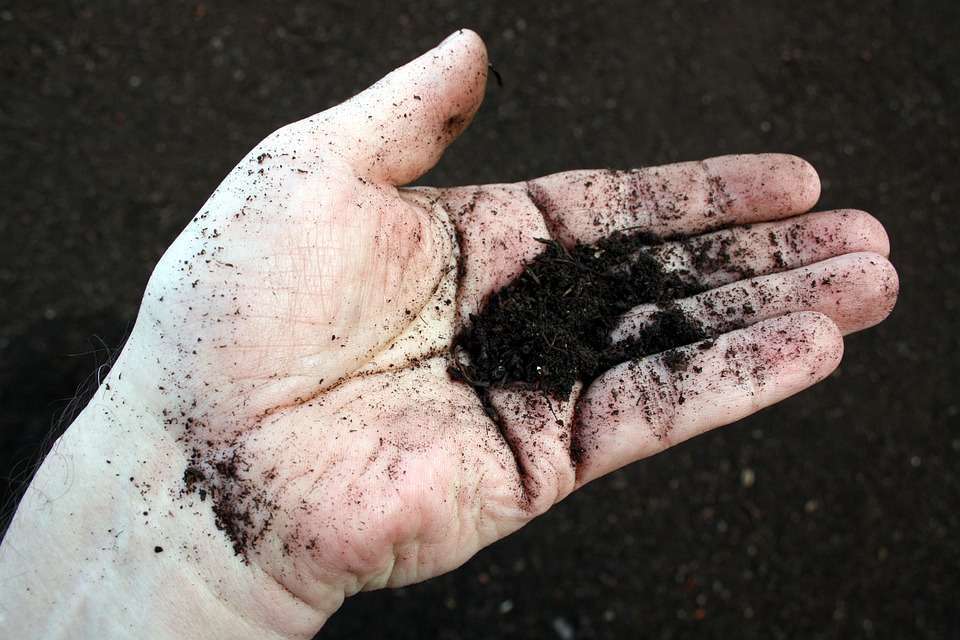
Bone meal
Need a source of phosphorus for your garden? Try bone meal, an excellent natural fertilizer that is high in phosphorus and adds calcium to the soil as well! You can either use it as a topdressing or mix it in with the soil before planting. To use as a topdressing, sprinkle it around the base of your plants and water well.
For best results, apply bone meal every few weeks. If you are mixing it in with the soil, work it in with a spade or other garden tool. Do not use bone meal on acid-loving plants such as tomatoes, blueberries, or azaleas.
Bone meal can be used to fertilize trees and shrubs. Apply the fertilizer directly onto the soil around the tree, working it into the top layer of dirt without disturbing any roots.
Manure
Manure is a great source of phosphorus for plants. It can be used as a natural, homemade fertilizer to increase the amount of phosphorus in your garden. There are many different types of manure, so be sure to choose one that is high in phosphorus.
To use manure as a fertilizer, simply spread it around your plants and garden beds. You can also mix it with soil to create a homemade fertilizer. Be sure to water the area well after applying manure, as it can be quite heavy.
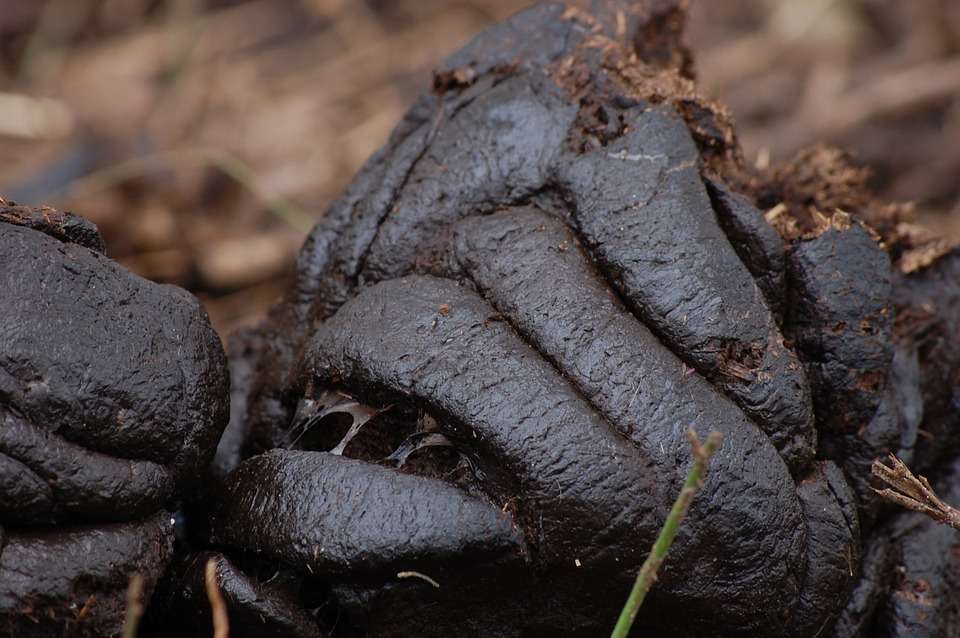
Compost
Compost is a great way to increase phosphorus levels in your garden. It is also a great way to recycle organic matter and add nutrients to the soil. You can make compost at home with just a few simple steps.
To make compost, you will need:
- A container for your compost pile
- Organic matter (leaves, grass clippings, food scraps)
- Water (rain or tap water)
- A shovel or pitchfork
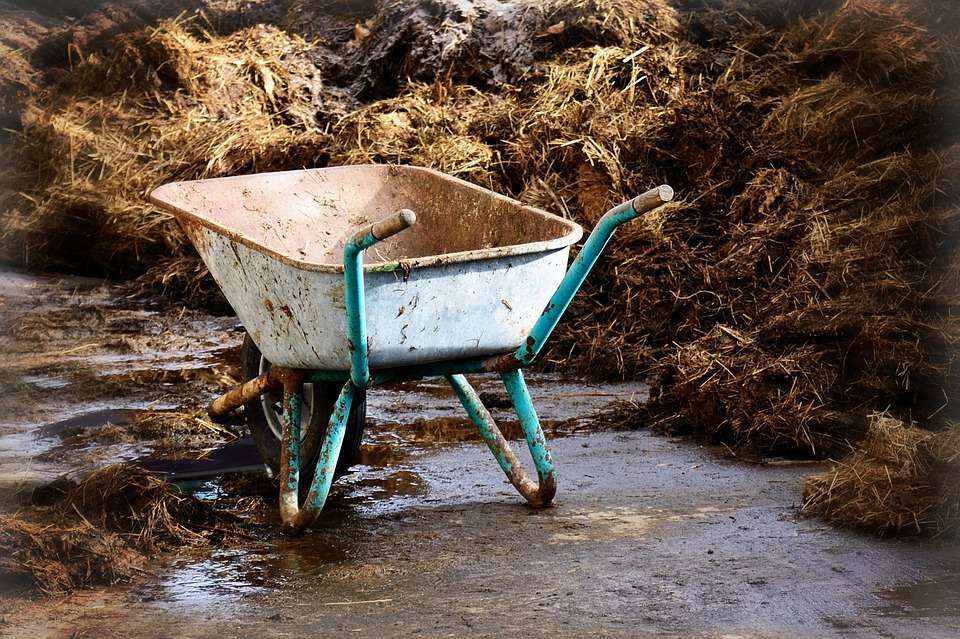
Place your container on even ground and fill it with organic matter. If possible, try to keep the material moist but not wet. This will help break down the materials more quickly.
Add more water if necessary and mix everything together with your shovel or pitchfork. Turn the pile every few days to help it break down.
After a few weeks, you will start to see a black liquid form at the bottom of the container. This is called compost tea and it is full of nutrients that your plants will love! You can use this tea as a foliar spray or water it directly into the soil around your plants.
If you do not have a container to make compost, you can simply pile up leaves and grass clippings in one area of your yard. This will take longer to break down but it will still provide nutrients for your garden beds over time.
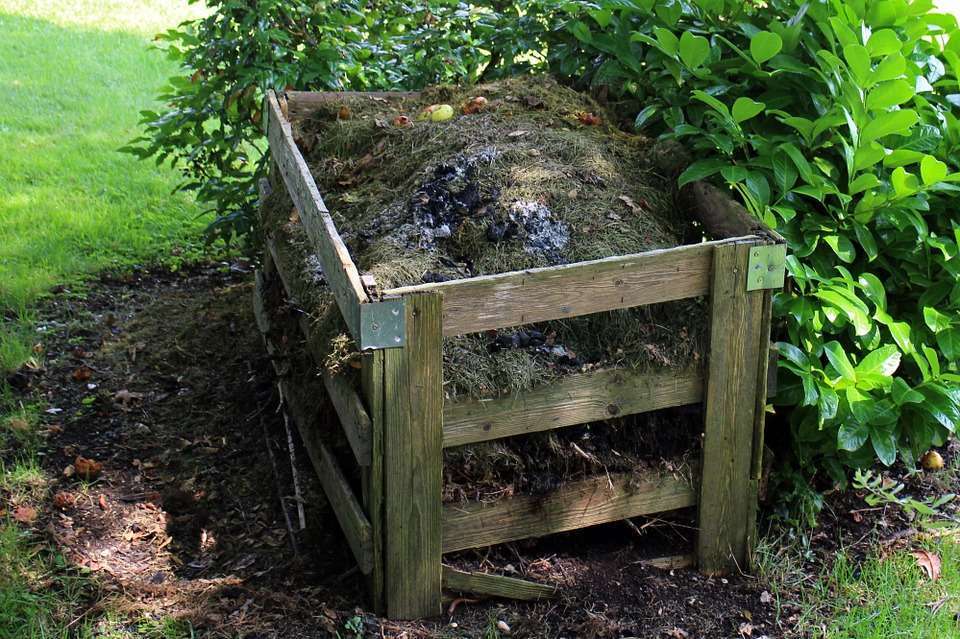
Cottonseed meal
Cottonseed meal is a by-product of the cotton industry. It is created during the ginning process when the seeds are removed from the cotton fiber. Cottonseed meal contains high levels of protein and oil, as well as phosphorus and other nutrients.
To increase phosphorus in your garden, you can add cottonseed meal to the soil. Cottonseed meal is a slow-release fertilizer, so it will provide nutrients to your plants over an extended period of time.
Rock phosphate
It is a phosphorus-rich fertilizer that can be applied directly to your garden or potted plants. You can use rock phosphate as a natural homemade fertilizer for increasing the level of phosphorous in the soil.
Rock phosphate contains calcium and other minerals, which are great for plant growth and maintenance. This natural source of phosphorus will gradually break down and release the nutrient into the soil as it rains or sprinkles. You can also mix it with compost to create a balanced fertilizer for your plants.
If you are looking for an easy and affordable way to boost phosphorus in your garden, consider using rock phosphate as a natural homemade fertilizer. It is safe for use around pets and children and is a great way to improve the health and vitality of your plants.
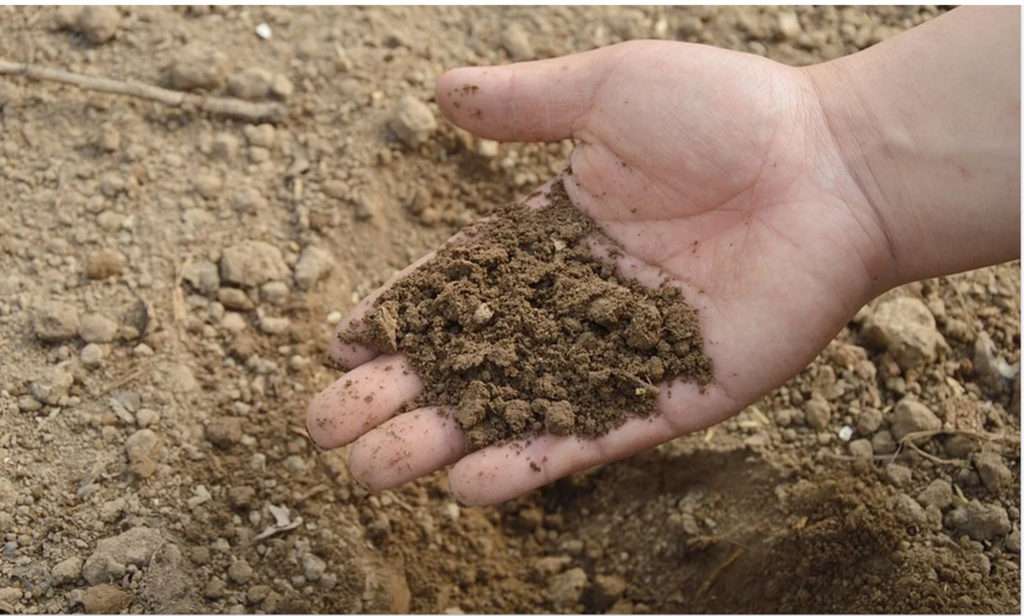
Alfalfa meal
Alfalfa meal is an excellent source of organic phosphorus for plants. It also provides nitrogen and potassium to the soil. Alfalfa is a leguminous plant which means it contains nodules on its roots that contain bacteria that fix atmospheric nitrogen into the plant’s cells at a rate of 70-90%.
These nodules can be harvested and used to enrich soils. It is used as animal feed or mulch for gardens.
It is made from the dried leaves and stems of alfalfa, a common legume. Alfalfa meal is high in nitrogen and phosphorus, making it a great fertilizer for flowers, vegetables, and other garden plants.
Feather meal
Feather meal is a great source of phosphorus for plants. It is made from the feathers of chickens or other poultry. Feather meal is high in nitrogen and phosphorus. It is also a good source of calcium and magnesium.
Feather meals can be used as a fertilizer to increase phosphorus levels in the soil. It can be applied to the soil before planting, or mixed with water and used as a liquid fertilizer.
It is made from poultry feathers which are a by-product of the poultry industry. The feathers are first dried then ground into a fine powder. Once this is done, the feather meal can be mixed with water to make liquid fertilizer or it can be applied directly onto the soil as a top-dresser before planting seeds.
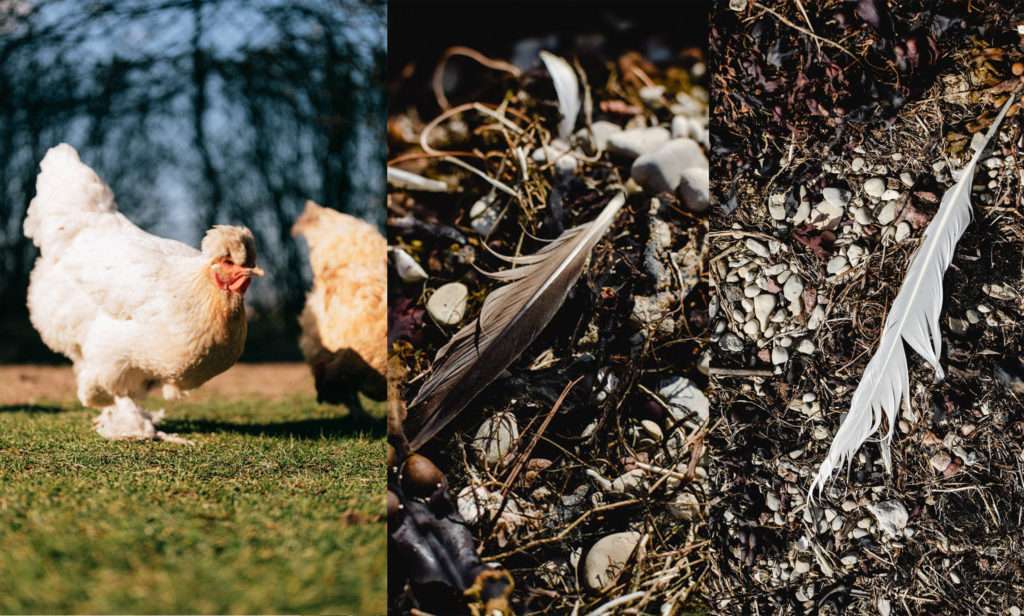
Blood meal
A blood meal is a great way to add phosphorus to your soil. It is high in phosphorus and helps plants grow big and strong. You can use it as a standalone fertilizer or mix it in with other fertilizers.
If you are using a blood meal as a standalone fertilizer, mix it in at a ratio of one part blood meal to four parts soil. If you are mixing it with other fertilizers, add it at the same rate as the other fertilizers.
Be sure to water your plants well after applying any type of fertilizer, including blood meal. Fertilizers can burn plants if they are applied too heavily or if the soil is too dry.
FAQ
How do you add phosphorus to the soil naturally?
You can add phosphorus to the soil naturally by using organic fertilizers like compost, manure, and blood meal. alfalfa meal etc. Phosphorus is present in both of these materials, and it will help to improve the fertility of the soil. Additionally, you can also spread crushed eggshells on the ground around plants; this will help to release phosphorus slowly over time.
Above are a few homemade natural fertilizers that you can use as an organic phosphorus source for your garden. Just remember to efficiently manage the amount of phosphorus that you supply to your plants. If there is too much of it, the phosphorus will be leached from the soil and end up in water instead of being absorbed by plants.
Do eggshells contain phosphorus?
Yes, eggshells contain phosphorus. Phosphorus is an essential nutrient for plant growth and development, and it is needed for the production of seeds and fruits. Adding crushed eggshells to the soil can help to improve the fertility of the soil and increase crop yields.
Do banana peels contain phosphorus?
Banana peels do contain phosphorus. So you can use banana peels to increase phosphorus in your garden soil. You can also use them as fertilizer for your plants.
Do coffee grounds contain phosphorus?
Yes, coffee grounds do contain phosphorus. In fact, you can use coffee as a good fertilizer for your plants. In addition, coffee grounds also contain nitrogen and potassium.
Previous Article: Can You Plant Two Tomato Plants Together?

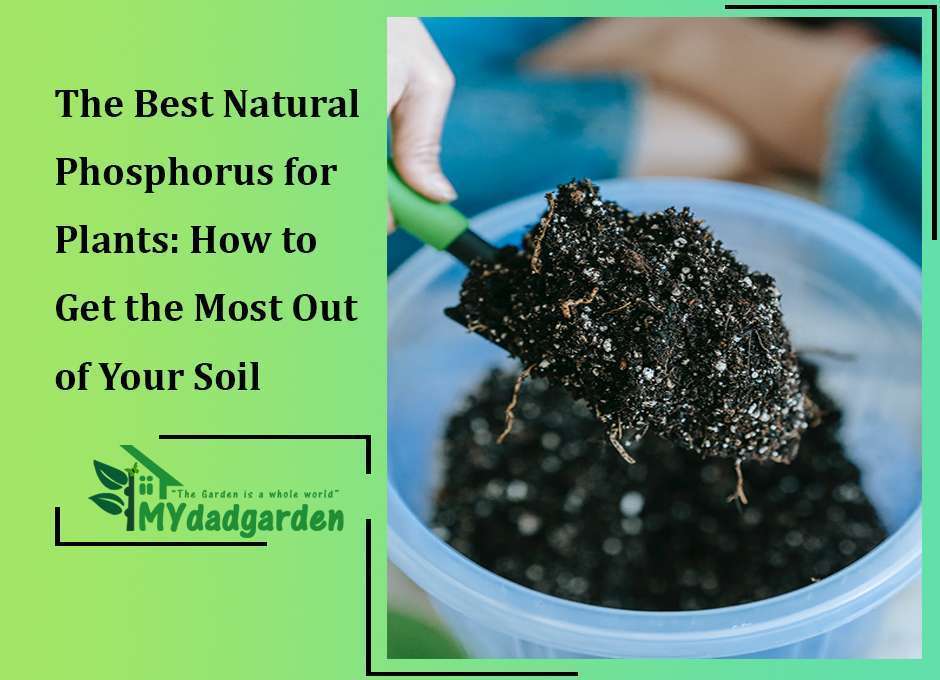

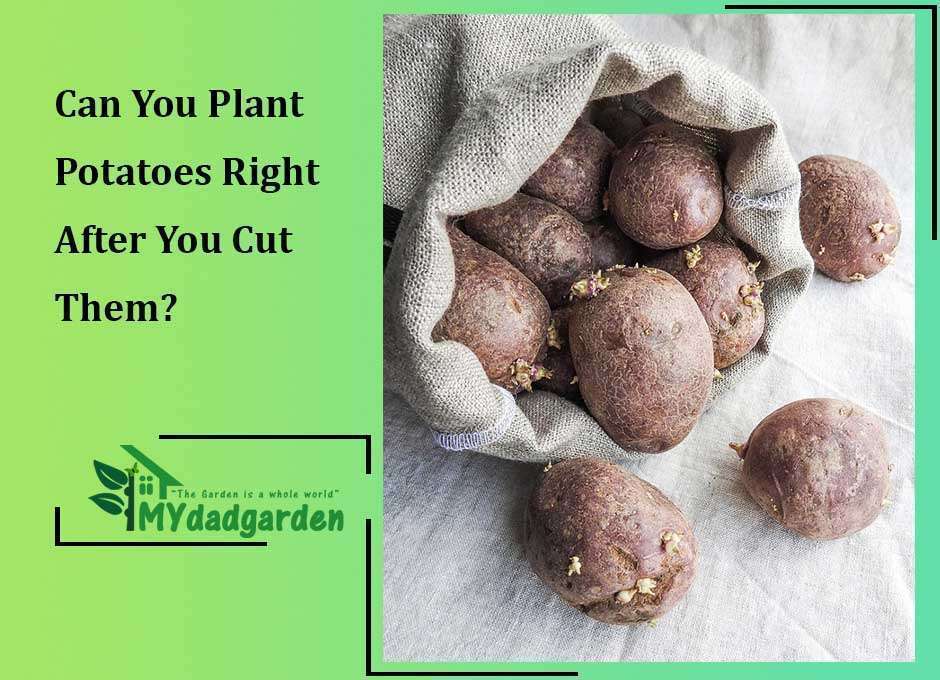

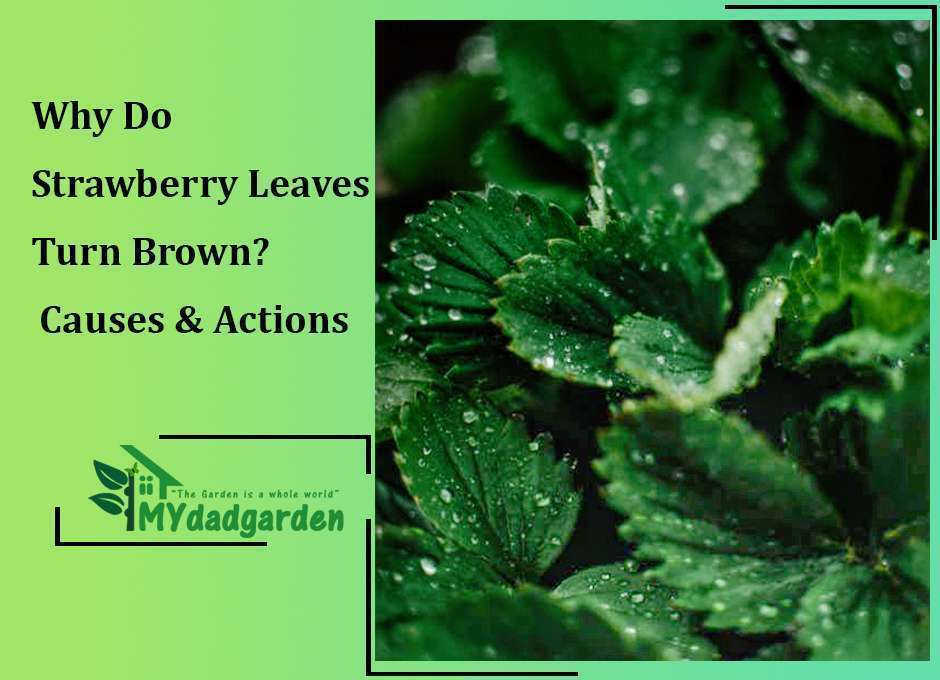
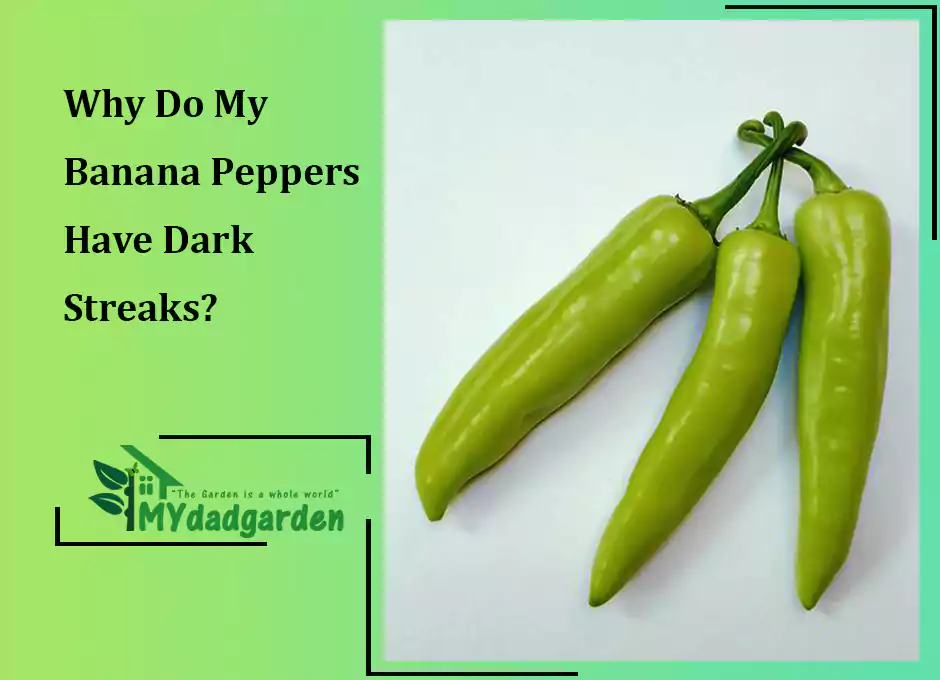
![Home Garden planning from scratch [ Beginner Guide ]](https://mydadgarden.com/wp-content/uploads/2020/11/5db2733d-7c33-4fed-a163-3ebbb9f13949-768x1152.jpg)